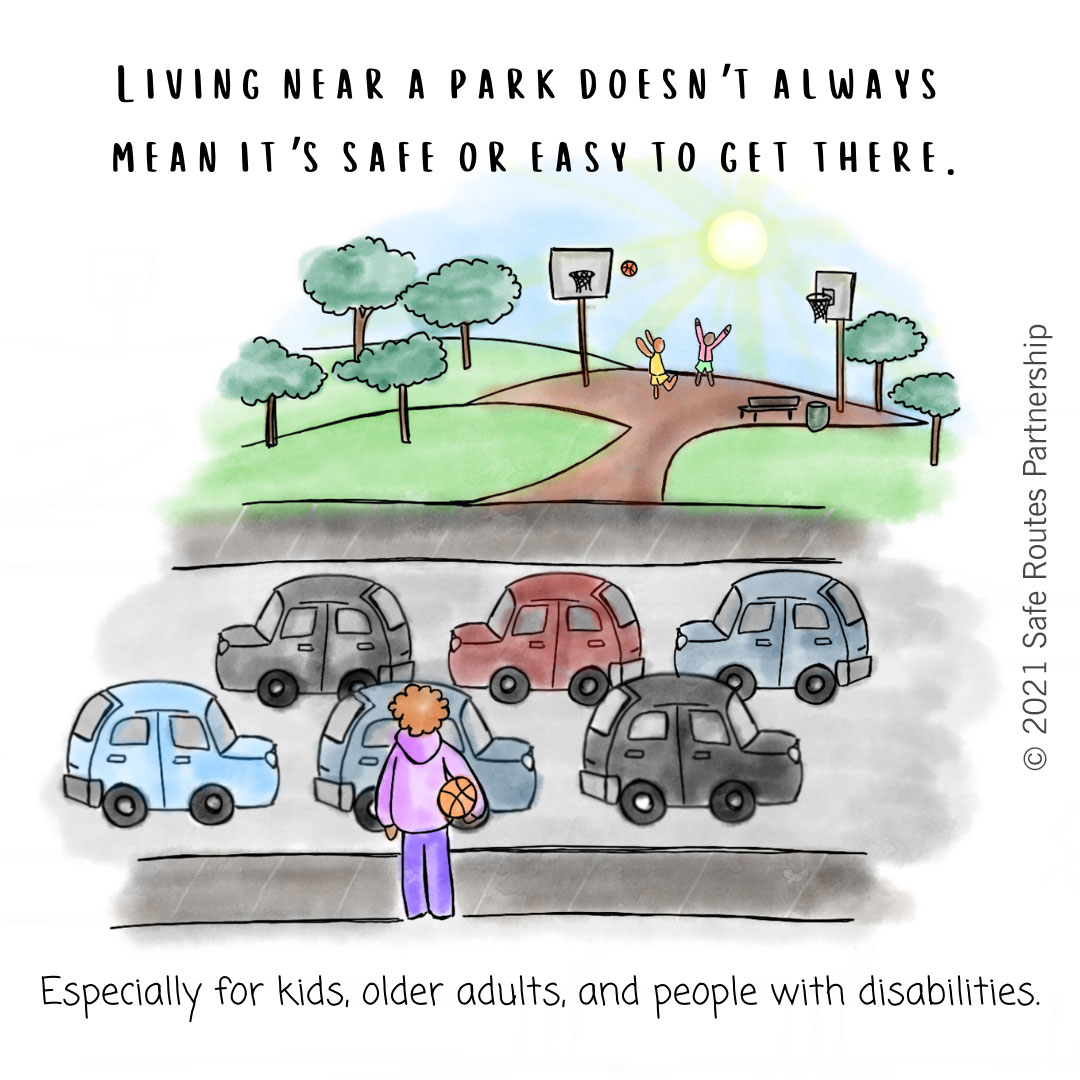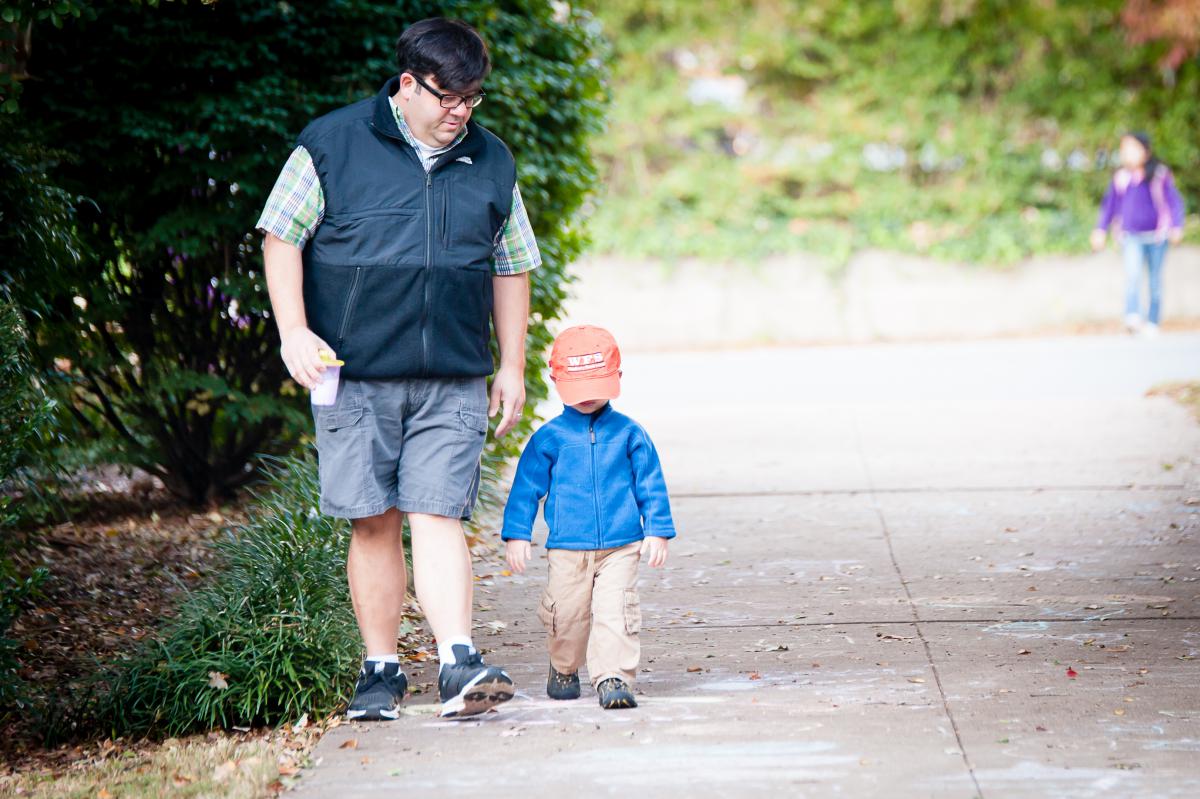Making Strides State Report Cards FAQs
Safe Routes Partnership releases our Making Strides state report cards every two years, providing an at-a-glance snapshot of how states are doing in their support of walking, rolling, and active kids and communities. Following the release of the latest report cards in June 2022, we received numerous great questions from state agency representatives, walking and rolling advocates, and community health champions. We’ve collected a few of the most commonly asked questions here.




